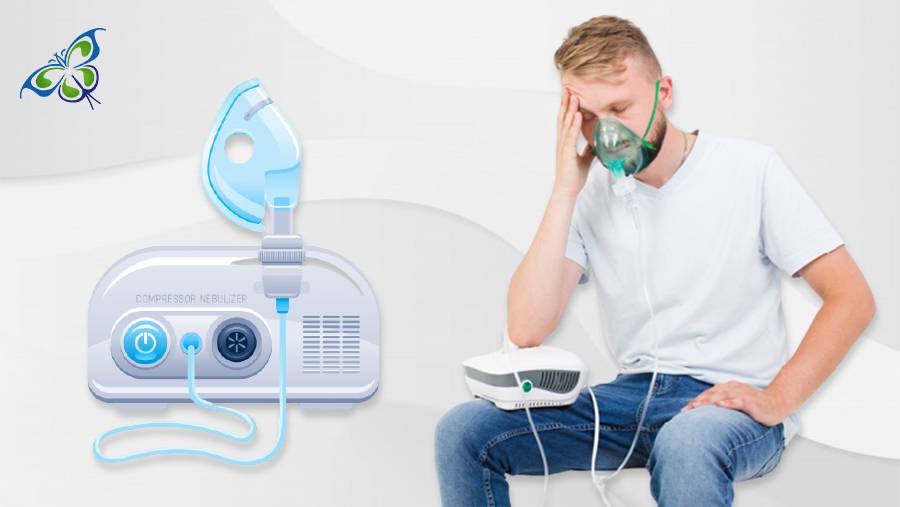A Complete Guide to using Nebulizers

When diagnosed with asthma or other respiratory disorders, your healthcare specialist is likely to prescribe a nebulizer. It helps in breathing therapy and treats respiratory conditions when used regularly. Here is everything about a nebulizer.
What is a Nebulizer?
A nebulizer helps in administering medications in the form of mist directly to the lungs as required in asthma therapy.
Inhalers are specially prescribed to ones with severe breathing disorders, however, some young children and adults find it difficult to use normal inhalers and opt for a nebulizer instead. Multiple medicines can be used via nebulizers, unlike inhalers which also facilitate limited passage of steroids into the respiratory system.
What are the types of nebulizers?
Nebulizers are available in two types – atomizers and ultrasonic. Atomizers use an aerosol compressor to vaporize the medicine. Ultrasonic nebulizers use high-frequency sound waves and make the liquid medicine breathable.
Both nebulizers are available in portable and home use versions, while the portable ones that run by batteries are expensive.
How to use a Nebulizer?
The successful use of nebulizers depends on proper usage. Here are some necessary instructions:
1. Settle for a schedule of 5-15 minutes for each nebulizer treatment.
2. Make sure all the accessories are cleaned and ready.
3. A straight posture is recommended while administering medicine.
4. If using a mouthpiece, place it between your teeth and seal your mouth around. If using a mask, secure it on your face with no gaps.
5. Turn on the nebulizer and take slow steady breaths from the mouthpiece or mask. Breathing should continue until the entire medication is used.
6. If you feel dizzy during the treatment, remove the mask and turn off the machine. Take a break of five minutes and begin again.
7. When treatment is over, take deep breaths and cough out the secretions accumulated at the back of your mouth.
If you continuously feel dizzy every time you use the nebulizer, contact a healthcare professional.
Setting up a nebulizer:
Before setting up a nebulizer, it is important to identify the parts. A nebulizer unit comprises an air compressor, nebulizer cup, mouthpiece or mask, tubing, and a measuring device.
• Have a stable surface to place the nebulizer (the air compressor) and plug it into an electrical unit.
• Make sure all the parts are cleaned and dried. Also, the hands are to be washed thoroughly.
• Measure the prescribed medication using the measuring device. Open the top of the nebulizer cup to dispense the liquid and close it.
• Fix the nebulizer cup to the mouthpiece and connect the tubing to the compressor and the cup.
• Turn on the nebulizer and sit in an upright position for the treatment.
Each nebulizer comes with its own set of instructions. Consider going through the instruction manual before using it for the first time.
Identify the nebulizer parts and accessories:
There are several nebulizer models available, each a little different from the other. Here are some generic parts and accessories common beyond brands:
• Nebulizer compressors are the basic part of the system that pumps air to the medication and form a breathable mist.
• Nebulizer cups which store the liquid medications
• Mouthpiece and masks are used to inhale the medication.
• Tubing helps in delivering the air from the compressor to the cup.
• Nebulizer filters ensure the air breathed is clean and free of contamination.
Like every other piece of medical equipment, nebulizers now are more advanced and easier to use. It is important to keep it clean as advised. The use of nebulizers can become a daily chore. However, with proper usage, the treatment can be effective and faster.
If all of this appears confusing to you, discuss the treatment plan with your doctor.

Validate your login
Sign In
Create New Account